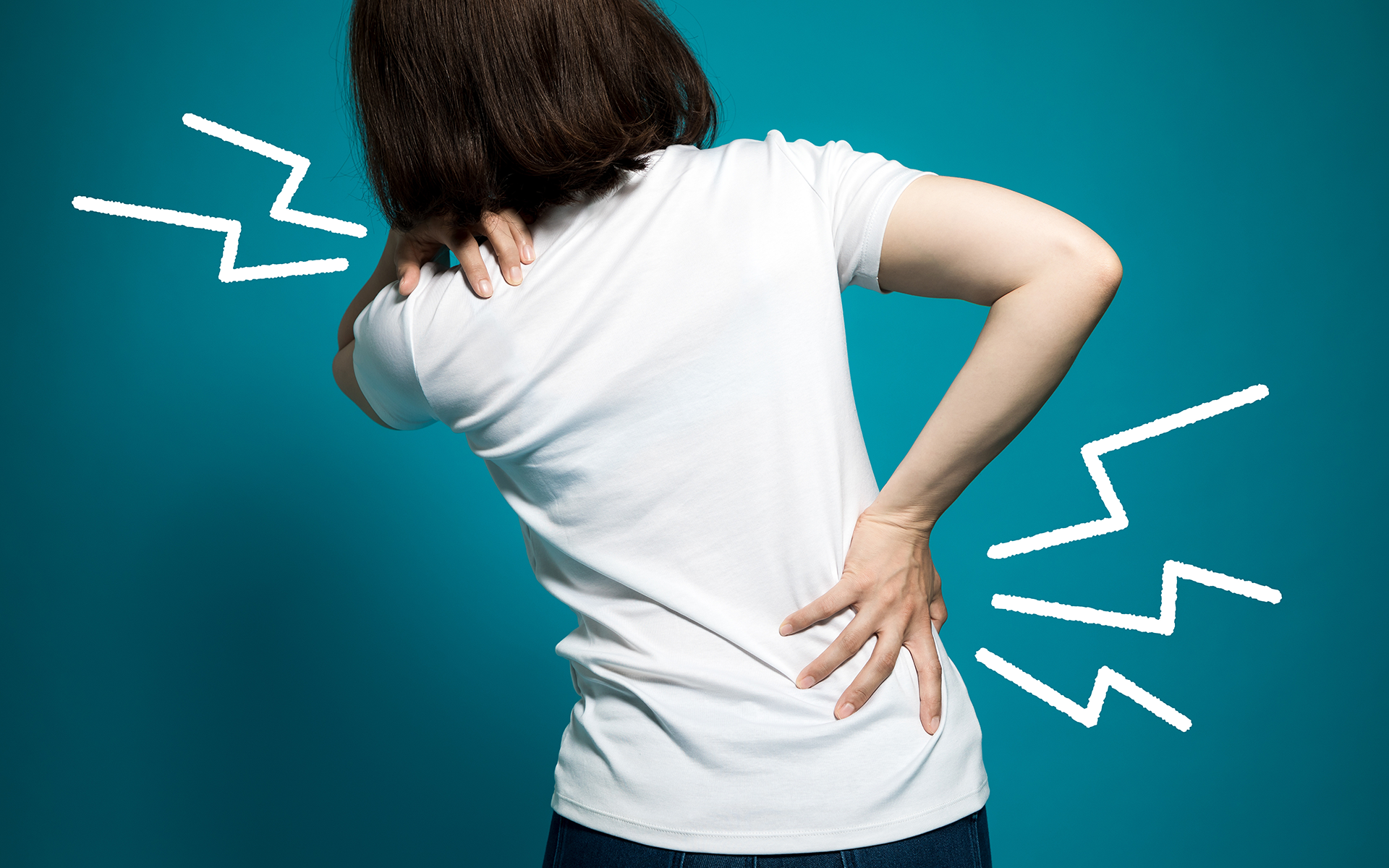 8 Ways to Fix Your Age-Related Back Pain
8 Ways to Fix Your Age-Related Back Pain
Aches and pains come with age. About 80% of adults experience back pain in their lives. The majority of originates from strained ligaments, muscles, and incorrect posture. But after the age of 50, developing back pain from age-related degeneration in the joints and spine becomes more prevalent.
What Causes It?
To understand why your back may be aching, it helps to understand how the spine is structured.
The spine is made up of 24 bones called vertebrae, which are connected by facet joints and cushioned by jelly-like discs (or gelatinous discs).
The spine is the supporting structure of the skeletal system, but it’s also very delicate. Overly tense ligaments and muscles can pull the spine out of its natural curvature, which causes pain. If the spine is stressed or compressed too much, the vertebrae and gelatinous discs could slip, causing the bone to grate on each other or place pressure on the spinal cord.
Most people can avoid stressing out their spine by lifting with their legs instead of their back and not overextending their spine for a long time. You can also practice correct posture and avoid sleeping on your stomach.
However, as you age, your body weakens and starts to break down. Your discs and joints lose moisture and resilience and become less effective at absorbing shock, which causes your bones to weaken. Symptoms indicating age-related issues include pain:
- in the morning and evening
- that interrupts sleep
- Localized tenderness when the spine is compressed
- Intermittent pain in the lower back from prolonged activity
- Stiffness and loss of flexibility
8 Easy Lifestyle Changes to Ease Back Pain
Regular Physical Activity
It’s good to stay off injuries and let them heal, but, if your doctor advises you, one of the best ways to have a healthy, functioning body is to maintain an active lifestyle. Moving your body regularly rather than staying sedentary will keep your joints and muscles healthy. The more active you are, the better you will feel, and the faster you will heal from back issues.
Physical Therapy
Physical therapy is a popular way to reduce pain, and often it’s the first treatment physicians prescribe. Physical therapists assign patients exercises tailored to help with specific symptoms. Performing these exercises regularly primarily affects the outcome of the treatment.
Take Medications
Anti-inflammatory medication like acetaminophen can reduce inflammation, which allows the injury to heal and reduce pain. Following your doctor’s instructions, even if you don’t feel any discomfort, can keep pain at bay.
Apply Cold and Heat
Applying an ice pack when pain first emerges will alleviate pain and decrease muscle spasms. If the pain continues for two or three days, use a heating pad or take a warm bath to relax your muscles and increase blood flow. Make sure to stretch your muscles while heat is applied to avoid muscle spasms.
Get Good Sleep
Your body is continuously working, even while you sleep. Sleeping gives the body time to rest and repair, healing your back injury and reducing your aches.
Diet
Trans fats, refined sugars, and processed foods increase inflammation. Discuss your diet with your doctor to see if you can make any changes to reduce back pain. Maintaining a healthy weight can lessen back pain. Losing weight may reduce pressure on your spine and decrease pain.
Injection Based Treatments
Injections, such as nerve blocks, epidural steroid injections, and nerve ablations may prevent or lessen pain for a short time. These treatments are only used with the source of the pain is identified and are not long-term treatments.
Invest in a New Mattress
An unsupportive mattress can cause back pain. When a bed isn’t firm or soft enough, pressure points form where the body meets the mattress, which causes muscles to become tender and joints to stiffen. Without the right support, the spine is susceptible to misalignment, causing spinal stress and pain.
The best mattress for back pain will keep your body in a horizontal position and contour to your curves to alleviate pressure and promote support.
When To See A Physician
If symptoms last for more than six weeks, it is considered chronic. Visit your doctor and discuss your choices with them. Everyone is different. One treatment will work for one individual but not for another. There are surgical options for those suffering from chronic age-related back pain, although those options are only considered after less drastic measures are tried.
Conclusion
So, if you’re experiencing back pain, try some hot and cold treatments, take anti-inflammatory medication, and get good sleep for the next couple of days. If the pain hasn’t subsided, make an appointment with your physician to discuss some of your other options.
Editor’s Note: this article is intended to provide guidance not medical advice. ALWAYS consult with your physician for any medical issues you are experiencing.
